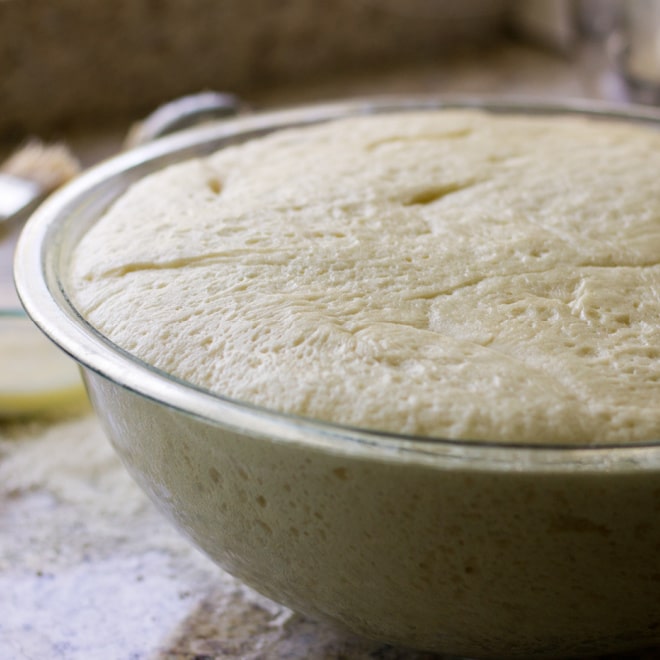How to Proof Dough | Culinary Hill
Proofing is the step in bread making when yeast dough rests and rises before baking.Professional kitchens use a proof box, but you can create a similar warm environment using just your oven.From homemade cinnamon rolls to no-knead bread, all yeast dough needs a nice warm place so the yeast can work.
Why? Because yeast is a living organism; it feeds on the sugars in the flour and produces carbon dioxide gas, a product of fermentation.That gas is what makes the dough expand during the proofing (or proving) process.How quickly that happens depends on several factors: the freshness of the yeast, humidity, and heat: For example, the temperature of your kitchen.
To create a consistently warm, draft-free place, I use the oven to proof dough.Here’s how.Proofing notes: Bulk fermentation versus proofing: Technically, bulk fermentation is letting the entire batch of dough rise before it is shaped.
Proofing is the technical term for the final rise, after shaping but before baking.Temperature: Ideal temperature range for yeast to work is between 75 degrees and 85 degrees Fahrenheit.Yeast cells will die at 138 degrees Fahrenheit.
Step-by-step instructions: Turn your oven on to the lowest temperature it will go, usually 200 degrees.Once it reaches 110 degrees, turn the oven off.Place the dough in the oven and close the door.
Opening the oven door will lower the heat a bit, and that’s okay (you’re aiming for 75 to 85 degrees).Keep the dough closed for the duration of
Foody Chum
Publisher:



